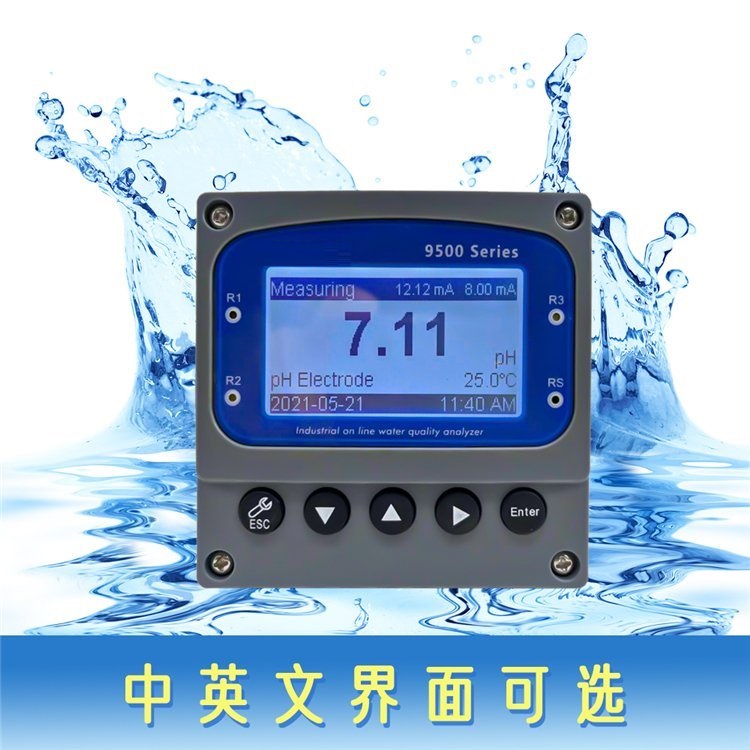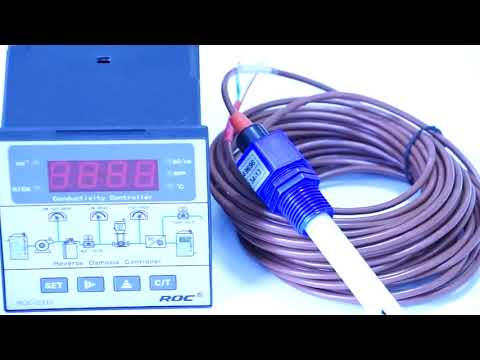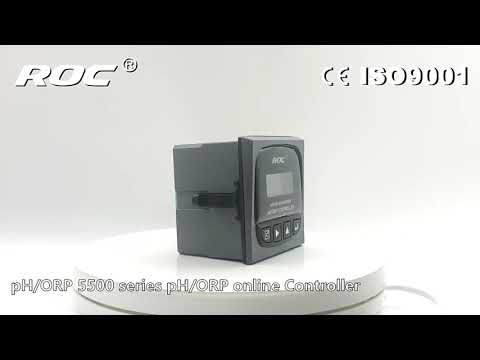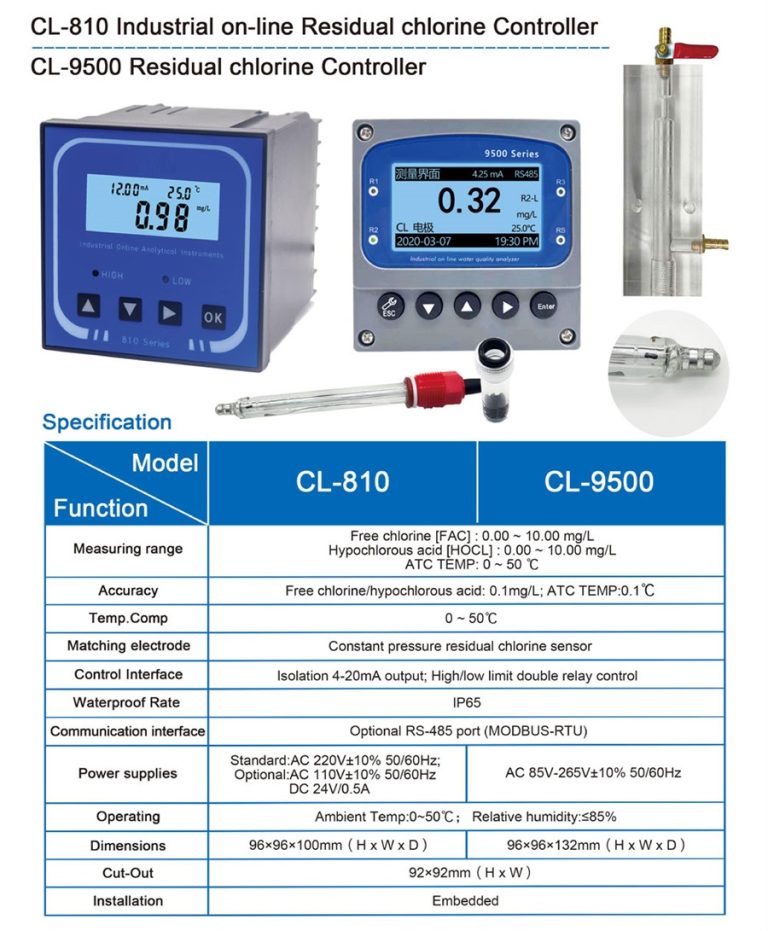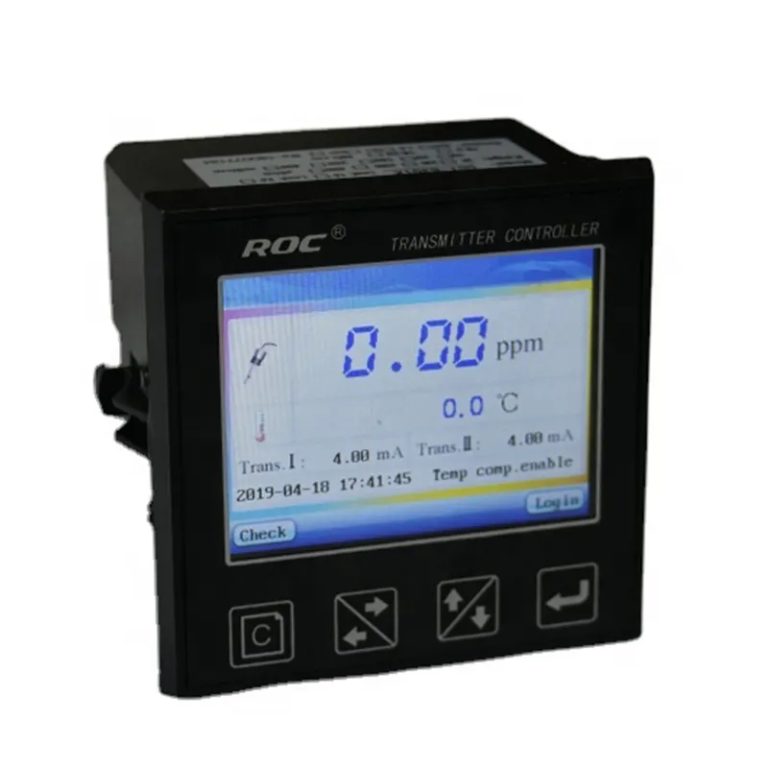Table of Contents
The Importance of Regular Water Quality Testing in Ensuring Safe Drinking Water
Water is essential for life, and access to clean, safe drinking water is a basic human right. However, ensuring that the water we consume is free from harmful contaminants is not always a straightforward task. Water quality can be affected by a variety of factors, including industrial pollution, agricultural runoff, and aging infrastructure. Regular monitoring of water quality is crucial in order to protect public health and prevent waterborne diseases.
One of the key reasons why regular water quality testing is so important is that it helps to identify potential sources of contamination. By monitoring the levels of various pollutants in the water supply, water quality experts can pinpoint the areas where contamination is occurring and take steps to address the problem. This proactive approach can help to prevent outbreaks of waterborne illnesses and protect the health of the community.
In addition to identifying sources of contamination, regular water quality testing also helps to ensure that water treatment facilities are operating effectively. Water treatment plants are responsible for removing harmful contaminants from the water supply, but they can only do so if they are functioning properly. By regularly testing the water for contaminants, water quality experts can determine whether the treatment process is working as intended and make any necessary adjustments to improve water quality.
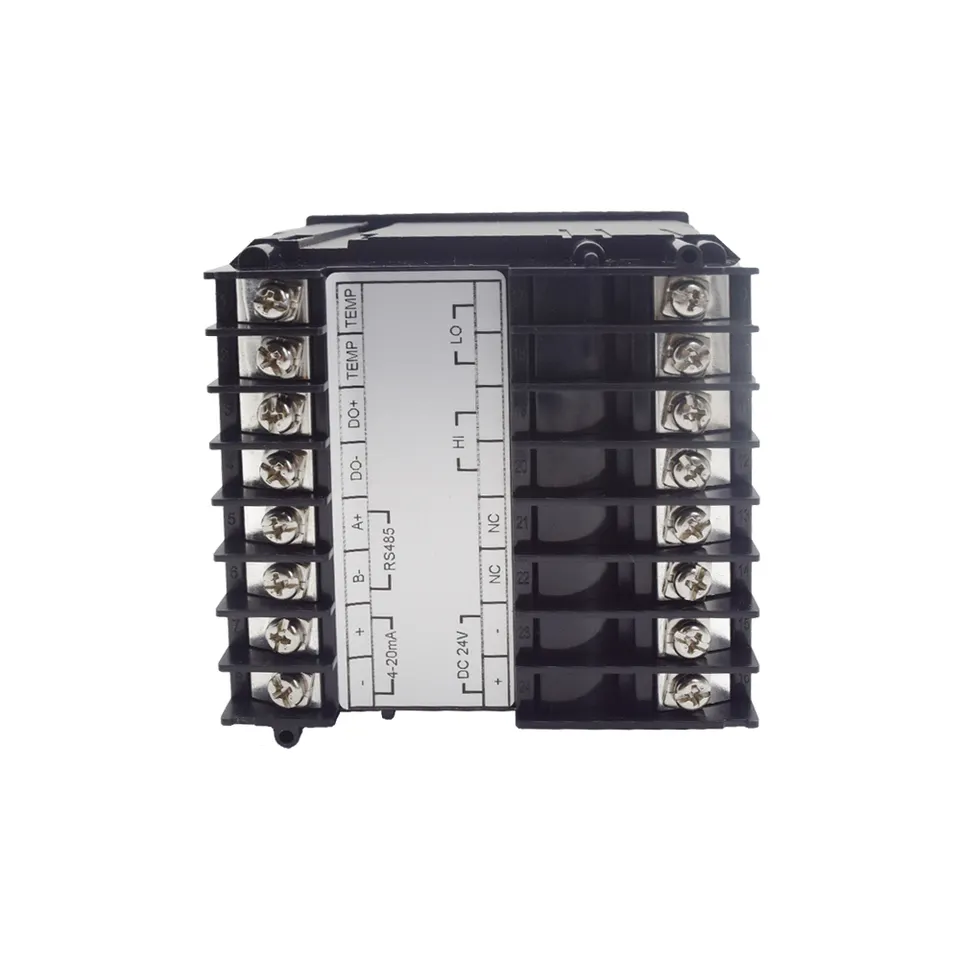
Another important reason for regular water quality testing is to comply with regulatory requirements. In many countries, there are strict regulations in place governing the quality of drinking water. Water utilities are required to regularly test their water supply for a wide range of contaminants, including bacteria, heavy metals, and chemicals. Failure to comply with these regulations can result in fines, legal action, and damage to the utility’s reputation.
| Measurement range | N,N-Diethyl-1,4-phenylenediamine (DPD) spectrophotometry | |||
| Model | CLA-7112 | CLA-7212 | CLA-7113 | CLA-7213 |
| Inlet channel | Single channel | Double channel | Single channel | Double channel |
| Measurement range | Free chlorine:(0.0-2.0)mg/L ,Calculated as Cl2; | Free chlorine:(0.5-10.0)mg/L ,Calculated as Cl2; | ||
| pH:(0-14);Temperature:(0-100)℃ | ||||
| Accuracy | Free chlorine:±10% or ±0.05mg/L(take the large value),Calculated as Cl2; | Free chlorine:±10% or±0.25mg/L(take the large value),Calculated as Cl2; | ||
| pH:±0.1pH;Temperature:±0.5℃ | ||||
| Measurement Period | ≤2.5min | |||
| Sampling interval | The interval (1~999) min can be set arbitrarily | |||
| Maintenance cycle | Recommended once a month (see maintenance chapter) | |||
| Environmental requirements | A ventilated and dry room without strong vibration;Recommended room temperature:(15~28)℃;Relative humidity:≤85%(No condensation) | |||
| Water sample flow | (200-400) mL/min | |||
| Inlet pressure | (0.1-0.3) bar | |||
| Inlet water temperature range | (0-40)℃ | |||
| Power supply | AC (100-240)V; 50/60Hz | |||
| Power | 120W | |||
| Power connection | The 3-core power cord with plug is connected to the mains socket with ground wire | |||
| Data output | RS232/RS485/(4~20)mA | |||
| Size | H*W*D:(800*400*200)mm | |||
| Model | CIT-8800 Inductive Conductivity/Concentration Oline Controller |
| Concentration | 1.NaOH:(0~15)% or(25~50)%; 2.HNO3:(0~25)% or(36~82)%; 3.User-defined concentration curves |
| Conductivity | (500~2,000,000)uS/cm |
| TDS | (250~1,000,000)ppm |
| Temp. | (0~120)°C |
| Resolution | Conductivity: 0.01uS/cm; Concentration: 0.01%; TDS:0.01ppm, Temp.: 0.1℃ |
| Accuracy | Conductivity: (500~1000)uS/cm +/-10uS/cm; (1~2000)mS/cm+/-1.0% |
| TDS: 1.5 level, Temp.: +/-0.5℃ | |
| Temp. compensation | Range: (0~120)°C; element: Pt1000 |
| Communication port | RS485.Modbus RTU protocol |
| Analog output | Two channels isolated/ transportable (4-20)mA, Instrument / Transmitter for selection |
| Control Output | Triple channels semiconductor photoelectric switch, Programmable Switch, pulse and frequency |
| Working Environment | Temp.(0~50)℃; relative humidity <95%RH (non-condensing) |
| Storage Environment | Temp.(-20~60)℃;Relative Humidity ≤85%RH (none condensation) |
| Power Supply | DC 24V+15% |
| Protection Level | IP65 (with rear cover) |
| Dimension | 96mmx96mmx94mm(HxWxD) |
| Hole Size | 9lmmx91mm(HxW) |
Regular water quality testing is also important for monitoring the long-term health of the water supply. By tracking changes in water quality over time, water quality experts can identify trends and patterns that may indicate emerging issues. For example, an increase in levels of a particular contaminant could signal a new source of pollution entering the water supply. By catching these problems early, water utilities can take action to protect the quality of the water supply and prevent potential health risks.
In conclusion, regular water quality testing is essential for ensuring the safety of our drinking water. By monitoring the levels of contaminants in the water supply, water quality experts can identify sources of pollution, ensure that treatment facilities are operating effectively, comply with regulatory requirements, and monitor the long-term health of the water supply. By taking a proactive approach to water quality monitoring, we can protect public health, prevent waterborne diseases, and ensure that everyone has access to clean, safe drinking water.
Innovative Technologies for Real-Time Water Quality Monitoring in Journal Studies
Water quality monitoring is a critical aspect of environmental management, as it provides valuable information on the health of aquatic ecosystems and the safety of drinking water sources. Traditional methods of water quality monitoring involve collecting samples and analyzing them in a laboratory, which can be time-consuming and costly. However, recent advancements in technology have led to the development of innovative tools for real-time water quality monitoring, allowing researchers to obtain instant data on water quality parameters.
One such technology is the use of sensors and probes that can be deployed in water bodies to continuously monitor parameters such as temperature, pH, dissolved oxygen, and turbidity. These sensors can transmit data wirelessly to a central database, where it can be accessed and analyzed in real-time. This real-time monitoring allows researchers to quickly identify changes in water quality and respond accordingly, helping to prevent pollution events and protect aquatic ecosystems.
Another innovative technology for real-time water quality monitoring is the use of remote sensing techniques, such as satellite imagery and drones. These tools can provide a bird’s eye view of water bodies, allowing researchers to monitor changes in water quality over large areas. Remote sensing can detect pollutants such as algae blooms and oil spills, providing valuable information for environmental management and emergency response efforts.
In journal studies, researchers have been using these innovative technologies to monitor water quality in a variety of settings, from urban rivers to remote lakes. For example, a recent study used sensors to monitor water quality in a river impacted by industrial pollution. The sensors detected high levels of heavy metals in the water, prompting authorities to investigate and address the source of contamination.
In another study, researchers used remote sensing techniques to monitor water quality in a reservoir used for drinking water supply. The researchers were able to detect changes in water quality caused by agricultural runoff, allowing water managers to implement measures to protect the drinking water source.
These innovative technologies have revolutionized the field of water quality monitoring, providing researchers with valuable tools to protect aquatic ecosystems and ensure the safety of drinking water sources. Real-time monitoring allows for quick response to pollution events, helping to prevent environmental damage and protect public health.
As technology continues to advance, researchers are exploring new ways to improve real-time water quality monitoring. For example, the development of miniaturized sensors and drones with increased capabilities could further enhance monitoring efforts. Additionally, the integration of artificial intelligence and machine learning algorithms could help researchers analyze large datasets and identify patterns in water quality data.
In conclusion, innovative technologies for real-time water quality monitoring have transformed the field of environmental management, providing researchers with valuable tools to protect aquatic ecosystems and ensure the safety of drinking water sources. Journal studies have demonstrated the effectiveness of these technologies in monitoring water quality in a variety of settings, from urban rivers to remote lakes. As technology continues to advance, researchers will continue to explore new ways to improve real-time water quality monitoring and protect our precious water resources.
